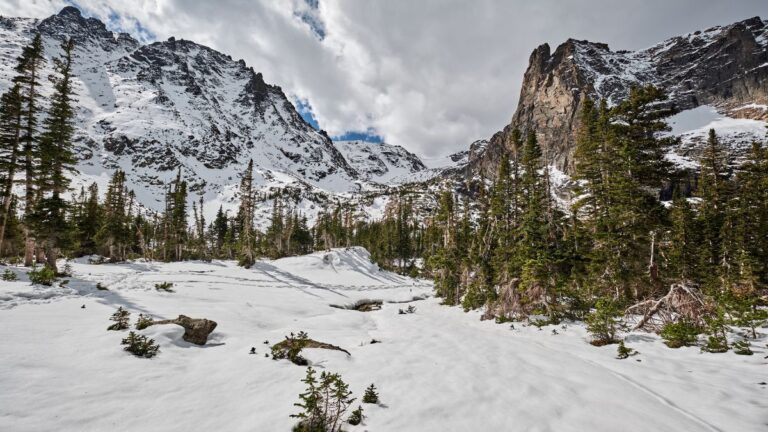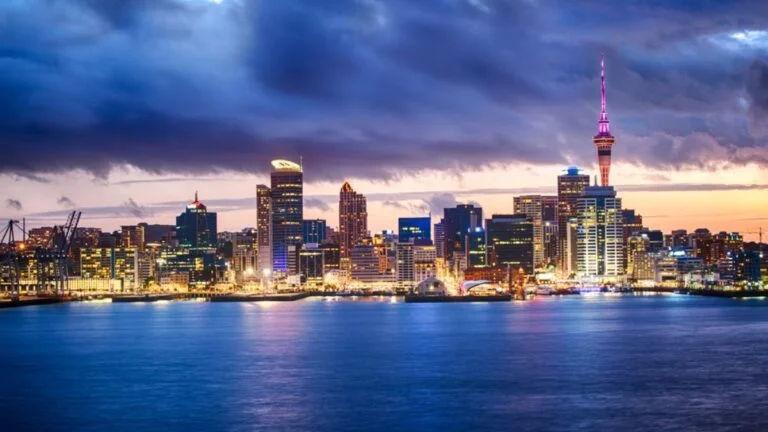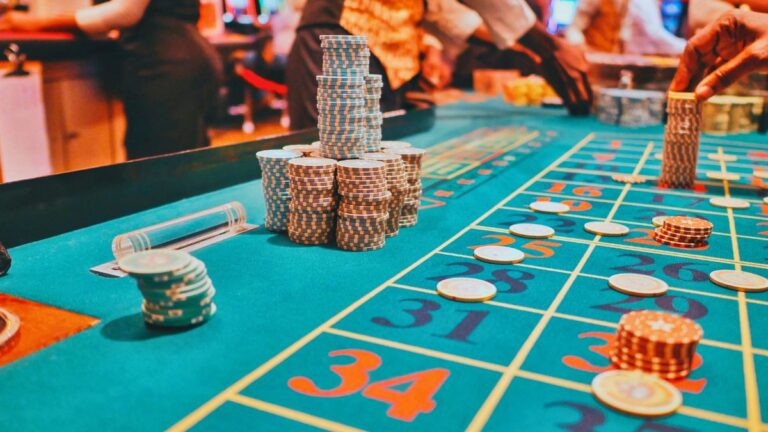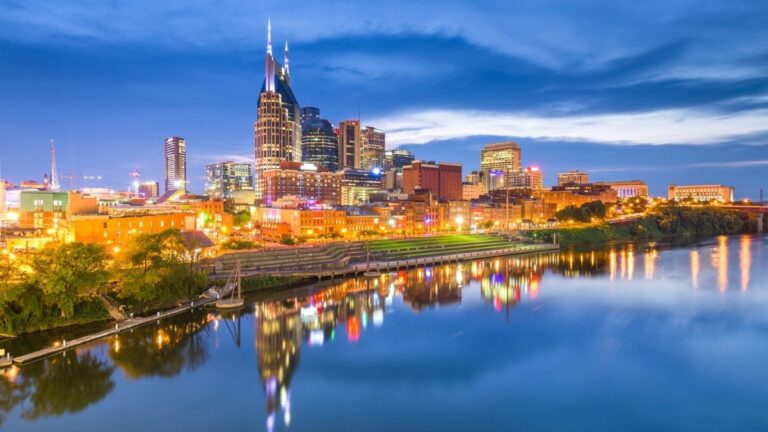Dubai Travel Guide: Luxury, Innovation, and Heritage in the Desert Metropolis
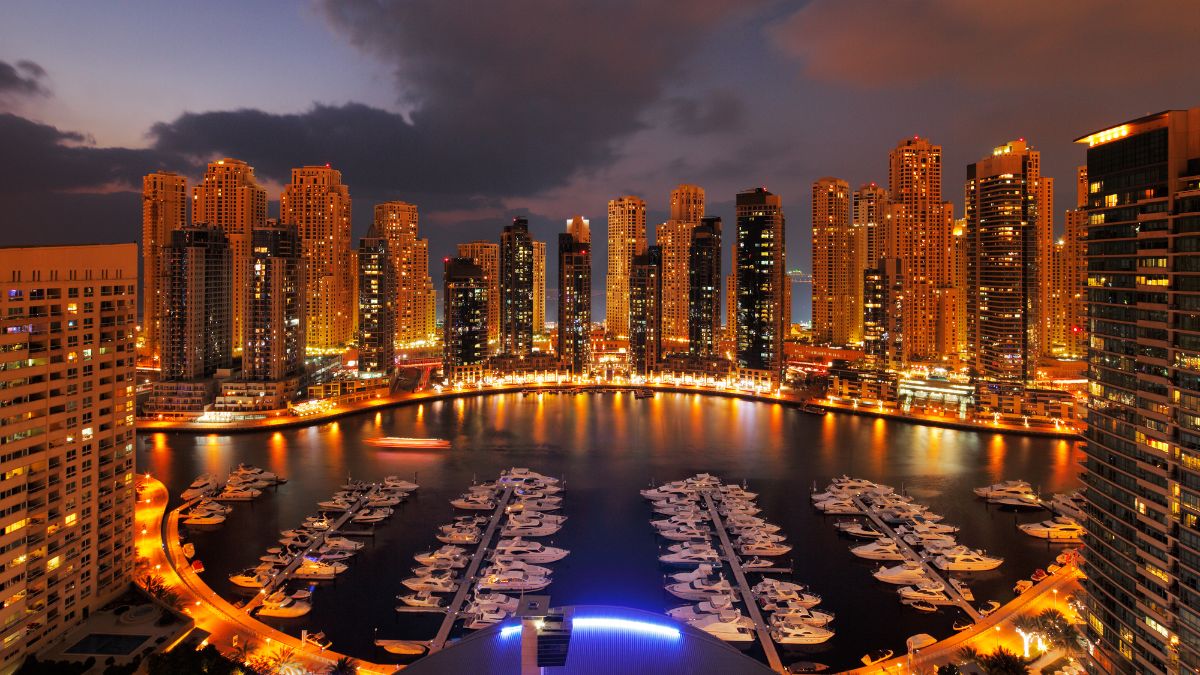
As participants in Amazon Associates and other programs, we earn from qualifying purchases. This comes at no additional cost to you. For more details, see our Affiliate Disclosure.
Dubai stands as a beacon of luxury, innovation, and rich heritage, offering a dazzling array of experiences from soaring skyscrapers like the Burj Khalifa to bustling souks that echo the vibrant past of the Emirates. This desert metropolis invites you to indulge in its opulence, marvel at its architectural wonders, and explore the traditions that are woven into the fabric of this dynamic city. Whether you’re shopping in the world’s largest malls, dining in style at gourmet restaurants, or taking a desert safari, Dubai promises a blend of activities that cater to all tastes and interests.
Burj Khalifa: Touching the Sky
The Burj Khalifa is not just a skyscraper; it’s a symbol of Dubai’s ambition and ingenuity. Standing at a staggering height of 828 meters, it is the tallest building in the world, offering breathtaking views of Dubai and beyond from its observation decks on the 124th, 125th, and 148th floors. The tower’s design, inspired by the spider lily, is a marvel of engineering and aesthetics, incorporating elements of Islamic architecture that resonate with the region’s cultural heritage.
Visiting the Burj Khalifa is an experience filled with awe. From the high-speed elevators that shoot visitors to the observation decks in seconds to the multimedia presentations that depict the tower’s history and the growth of Dubai, every aspect is designed to impress. Whether viewing the city bathed in sunlight or illuminated by nightlights, the panoramic sights from Burj Khalifa offer a unique perspective of Dubai’s dynamic growth.
The Dubai Mall: A Shopper’s Paradise
The Dubai Mall is a colossal shopping center that redefines the shopping experience with its size and variety of offerings. As one of the largest malls in the world, it houses over 1,200 stores, a massive aquarium, an Olympic-sized ice rink, and the sprawling Dubai Fountain. This retail haven attracts millions of visitors each year who come not only to shop but to engage in family entertainment and gourmet dining experiences.
Beyond retail, The Dubai Mall is a gateway to major attractions like the Burj Khalifa and the Dubai Fountain. Its interior is adorned with exquisite art installations and the occasional fashion show, blending luxury shopping with cultural experiences. Whether you’re looking for high fashion, electronics, or artisanal souvenirs, the Dubai Mall offers an endless array of products within its lavishly decorated confines.
Historic Al Fahidi Neighborhood: A Glimpse into Old Dubai
The Historic Al Fahidi Neighborhood, also known as Al Bastakiya, offers a stark contrast to the modern skyscrapers and luxurious shopping centers of Dubai. This district dates back to the late 19th century and retains much of the traditional charm of old Dubai, with its narrow lanes and wind-tower architecture. Today, it serves as a cultural hub, hosting galleries, cafes, and museums that celebrate the emirate’s heritage.
Visitors to Al Fahidi can explore the Dubai Museum located in the Al Fahidi Fort, the oldest existing building in Dubai, to learn about the area’s fascinating history and development. Walking through the neighborhood provides a serene experience, with the beautifully preserved buildings and the calm ambiance offering a quiet retreat from the city’s hustle. The area’s commitment to preserving its historical identity makes it a vital part of understanding Dubai’s roots.
Dubai Marina: Waterfront Luxury
Dubai Marina stands as a testament to modern planning and sophisticated urban landscape design. This man-made marina is surrounded by high-rises, luxury yachts, and a bustling promenade lined with restaurants, cafes, and retail outlets. It’s particularly popular in the evening, as residents and tourists alike stroll along the waterfront, enjoying the cooler air and vibrant nightlife.
The Marina also offers a range of water-based activities, from jet skiing to yacht cruises, providing a different vantage point from which to view the city. The area is a residential and leisure complex that represents the contemporary face of Dubai, combining luxurious living with convenience and entertainment, all set against the backdrop of the stunning Persian Gulf.
Palm Jumeirah: Iconic Island Living
Palm Jumeirah, a triumph of human ingenuity, is a man-made archipelago in the shape of a palm tree, visible from space. This expansive project not only increased Dubai’s shoreline but also created a high-end, exclusive residential area that includes hotels, private residences, and leisure facilities. The Palm is home to some of Dubai’s most luxurious resorts like Atlantis, The Palm, and the Waldorf Astoria, as well as numerous dining and nightlife options.
Visitors to Palm Jumeirah can enjoy the beaches, participate in water sports, or dine at world-class restaurants with views of the Arabian Gulf. The monorail running down the ‘trunk’ connects the island to the mainland, making it easily accessible for tourists and residents alike. Living or staying on the Palm Jumeirah offers a unique experience, showcasing Dubai’s ability to push the boundaries of what is possible.
Dubai’s Gold Souk: The City of Gold
Dubai’s Gold Souk in Deira is a traditional market that epitomizes Dubai’s nickname as “the City of Gold.” The souk features hundreds of retailers offering a vast selection of jewelry made from gold, silver, and precious stones. The variety and craftsmanship of the jewelry available are unparalleled, and shoppers can find pieces ranging from small, simple items to opulent, intricate creations.
The bustling alleys and the glittering displays provide a sensory overload that is quintessentially Dubai. Bargaining is part of the experience here, adding an element of excitement to the shopping process. For visitors, the Gold Souk is not just a place to buy jewelry; it’s an iconic cultural attraction that offers a glimpse into the trading history that has shaped Dubai.
Desert Safaris: Adventure in the Sands
Desert safaris are one of the most popular tourist activities in Dubai, offering an adventure right into the heart of the Arabian desert. These tours typically include dune bashing in a 4×4, sandboarding, camel rides, and a traditional Bedouin-style dinner under the stars. The experience provides a stark contrast to the urban environment of Dubai, showcasing the natural beauty and tranquility of the desert.
These safaris also offer a cultural component, with performances of traditional dance and music, and opportunities to try local cuisine. Whether it’s watching the sunset over the dunes or stargazing away from city lights, desert safaris offer a memorable experience that highlights the natural and cultural heritage of the UAE.
Dubai Creek: The Heartbeat of the City
Dubai Creek is a natural saltwater creek that has been the lifeline for the city’s trade and commerce since its earliest days. Historically, it divided the city into two main sections—Deira and Bur Dubai. Today, it remains a bustling area, with traditional dhows and abras (water taxis) ferrying passengers and goods across the waters. Along its banks, the bustling souks and historic buildings reflect the old-world charm of Dubai before the skyscrapers took over.
A ride on an abra across Dubai Creek offers not only a picturesque view of old and new Dubai but also an insight into the enduring traditions of maritime trade in the region. The creek’s significance in Dubai’s development from a small fishing village to a global metropolis makes it a poignant landmark for anyone looking to understand the city’s history and culture.
Dubai Frame: A New Perspective
The Dubai Frame is one of the city’s newer landmarks, located in Zabeel Park. Designed to represent a giant picture frame, it offers spectacular panoramic views of both old and new Dubai from a 150-meter-high glass bridge. Visitors can look north to see the historical neighborhoods around Dubai Creek, and south to view the city’s modern skyline, effectively ‘framing’ the city’s development.
The structure itself is an architectural feat, and its galleries present exhibits that detail the city’s rapid transformation from desert land to a bustling metropolis. The Dubai Frame stands as a symbolic bridge between Dubai’s past and its future, providing visitors with a literal and figurative picture of the city’s growth.
Cultural Heritage Sites: Exploring Dubai’s Roots
Dubai’s cultural heritage sites are crucial for understanding the city’s Bedouin origins and its evolution over the centuries. Al Fahidi Historical Neighborhood, with its wind-towered buildings and narrow lanes, offers a glimpse into the traditional lifestyle of the Emiratis. Here, the Dubai Museum in the Al Fahidi Fort provides insights into the local history and culture through a series of dioramas and archaeological exhibits.
Other significant sites include the Sheikh Mohammed Centre for Cultural Understanding, where visitors can engage with local traditions, cuisine, and customs. By exploring these sites, visitors can connect with the emirate’s rich heritage, offering a deeper appreciation of how Dubai’s past has shaped its present and future. These cultural explorations provide a meaningful backdrop to the city’s glitzy facade, showcasing a blend of respect for tradition and drive for innovation.


